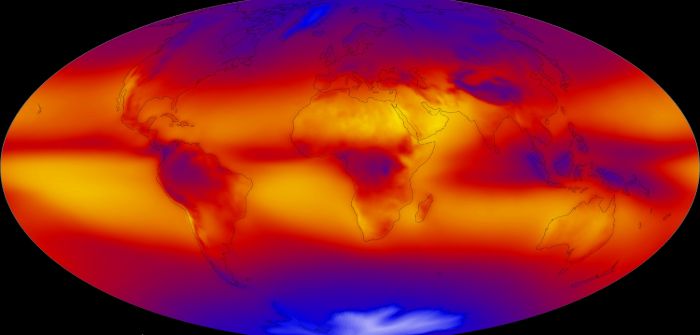NASA has selected Libera as its space-based instrument to maintain its 40-year data record of solar radiation.
The data measures the balance between the solar radiation entering Earth’s atmosphere and the amount absorbed, reflected and emitted.
The radiation balance determines climate, as Earth warms up if it absorbs more heat than it emits and cools down if it emits more than it absorbs.
Libera was selected in response to the 2017 National Academies’ Earth Science Decadal Survey.
The project’s principal investigator is Peter Pilewskie of the University of Colorado Laboratory for Atmospheric and Space Physics in Boulder, Colorado.
It will measure solar radiation with wavelengths between 0.3μ and 5μ reflected by the Earth system and infrared radiation between 5μ and 50μ emitted from the Earth system as it exits the top of the atmosphere.
The sensor will measure the total radiation leaving Earth at all wavelengths from 0.3μ to 100μ.
An additional split shortwave channel measuring radiation between 0.7μ and 5μ has been added to enable new Earth radiation budget science.
The wavelength ranges allow scientists to understand changes in the climate system including whether the planet is getting brighter or darker, heating up or cooling down.
Sandra Cauffman, acting director of the Earth Science Division at NASA headquarters in Washington, said, “This highly innovative instrument introduces a number of new technologies such as advanced detectors that will improve the data we collect, while maintaining continuity of these important radiation budget measurements.”
The new instrument will fly on NOAA’s operational Joint Polar Satellite System-3 satellite, which is due to launch by December 2027.



